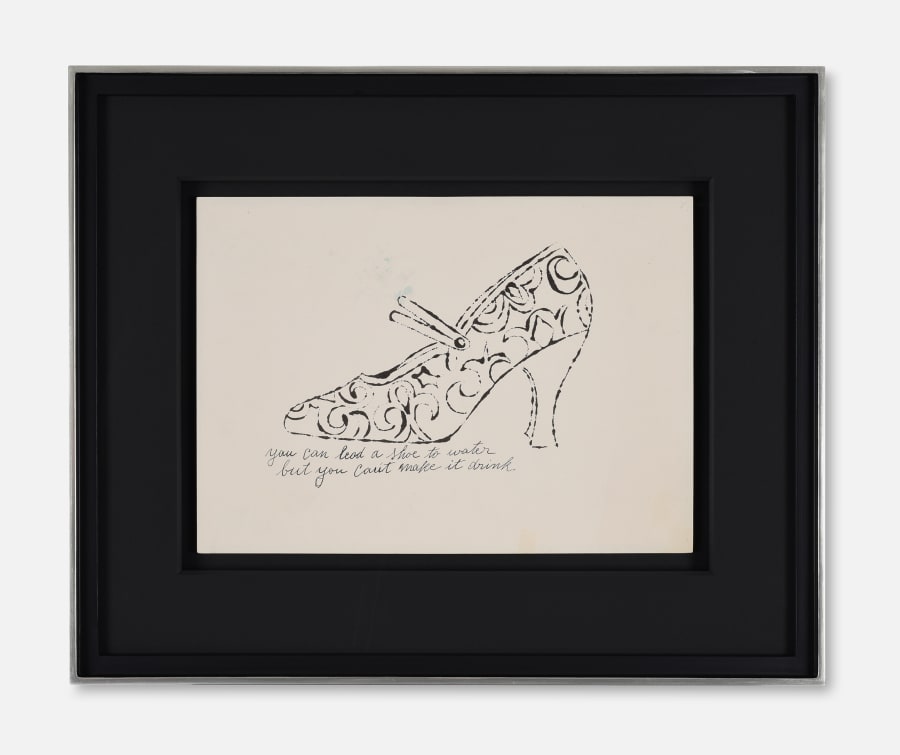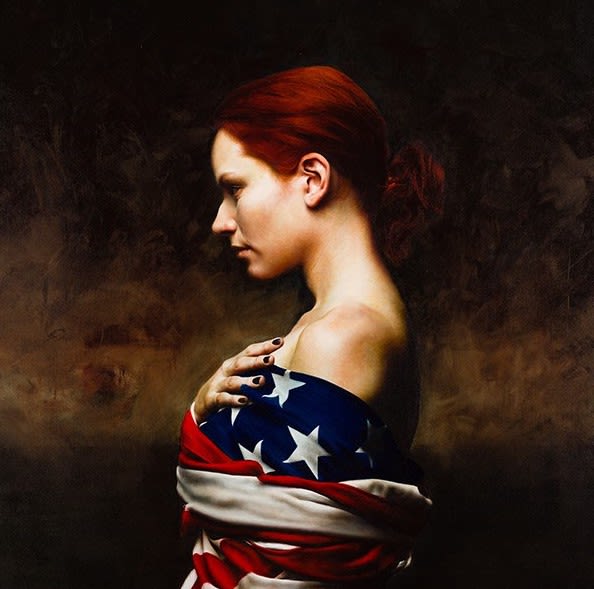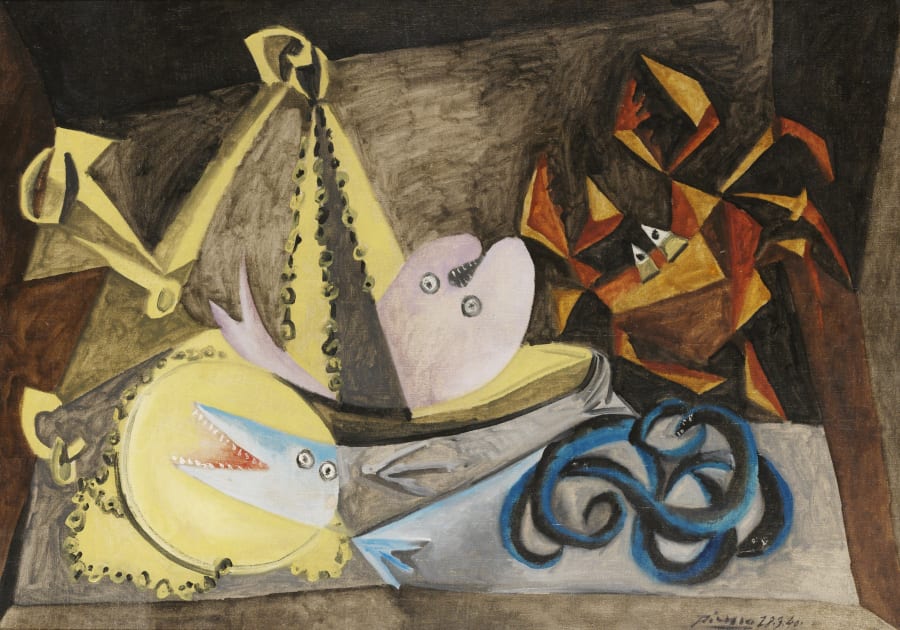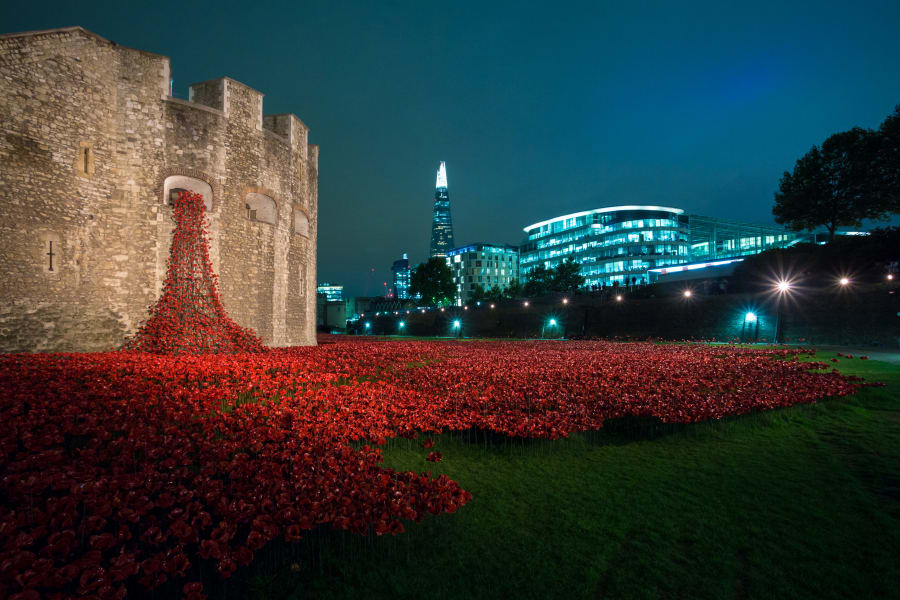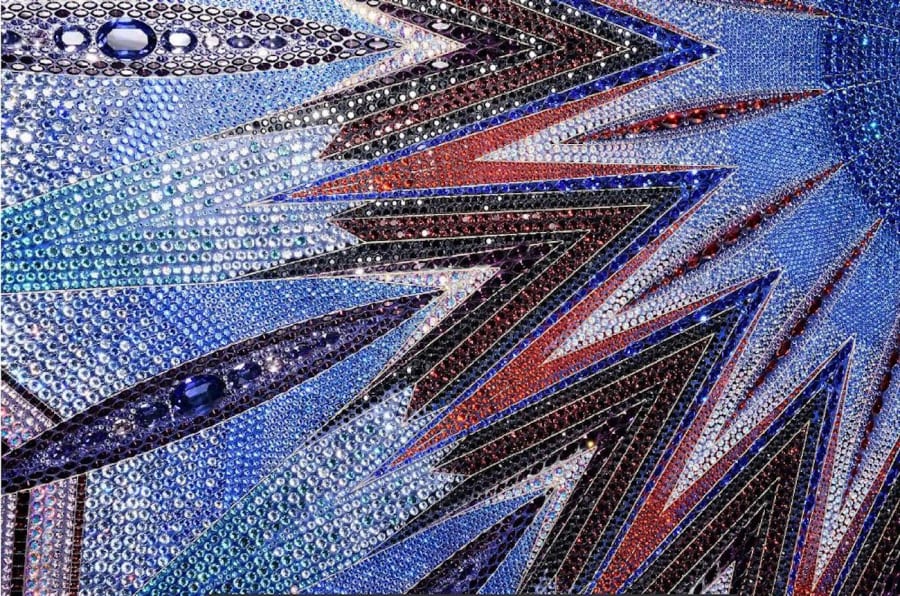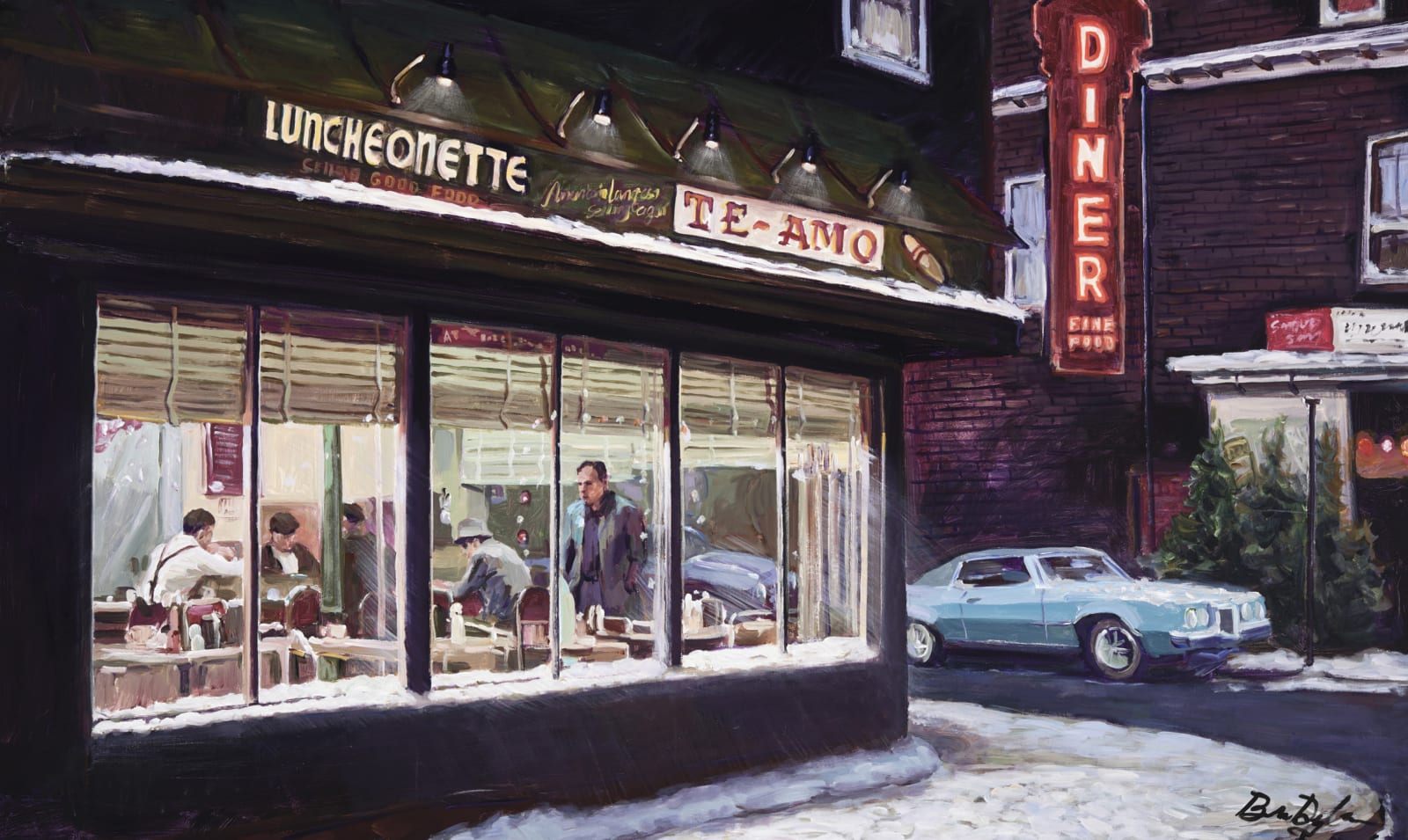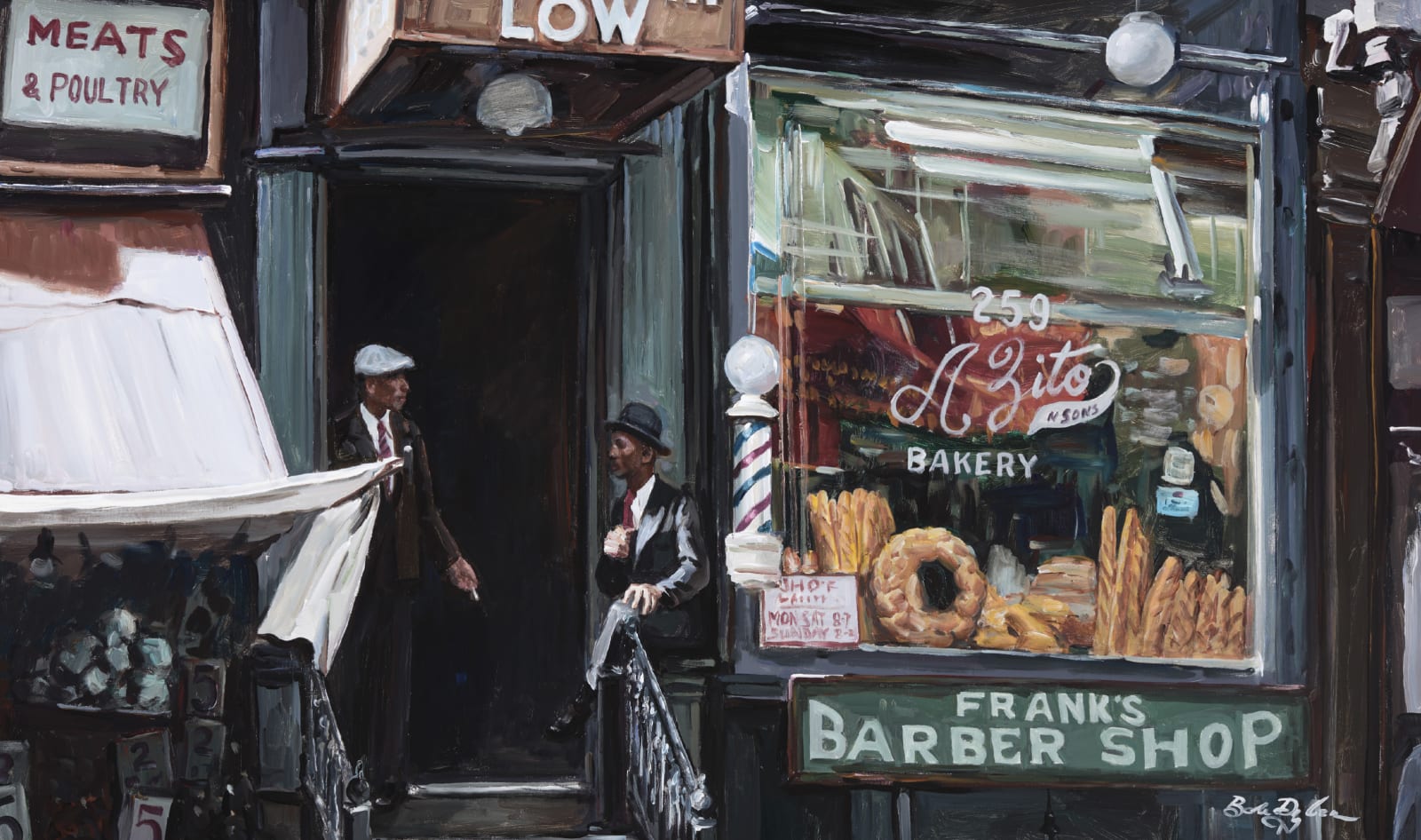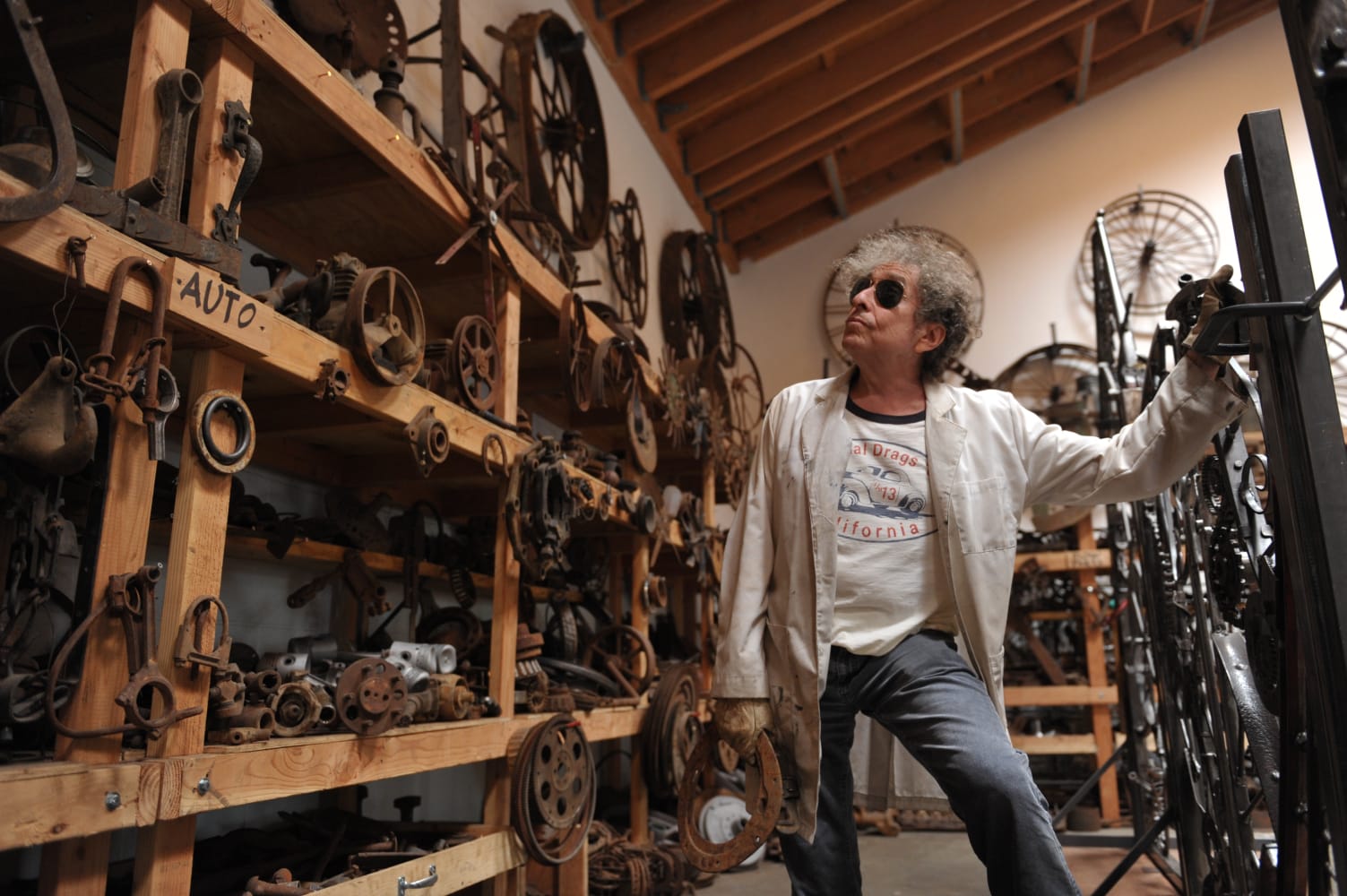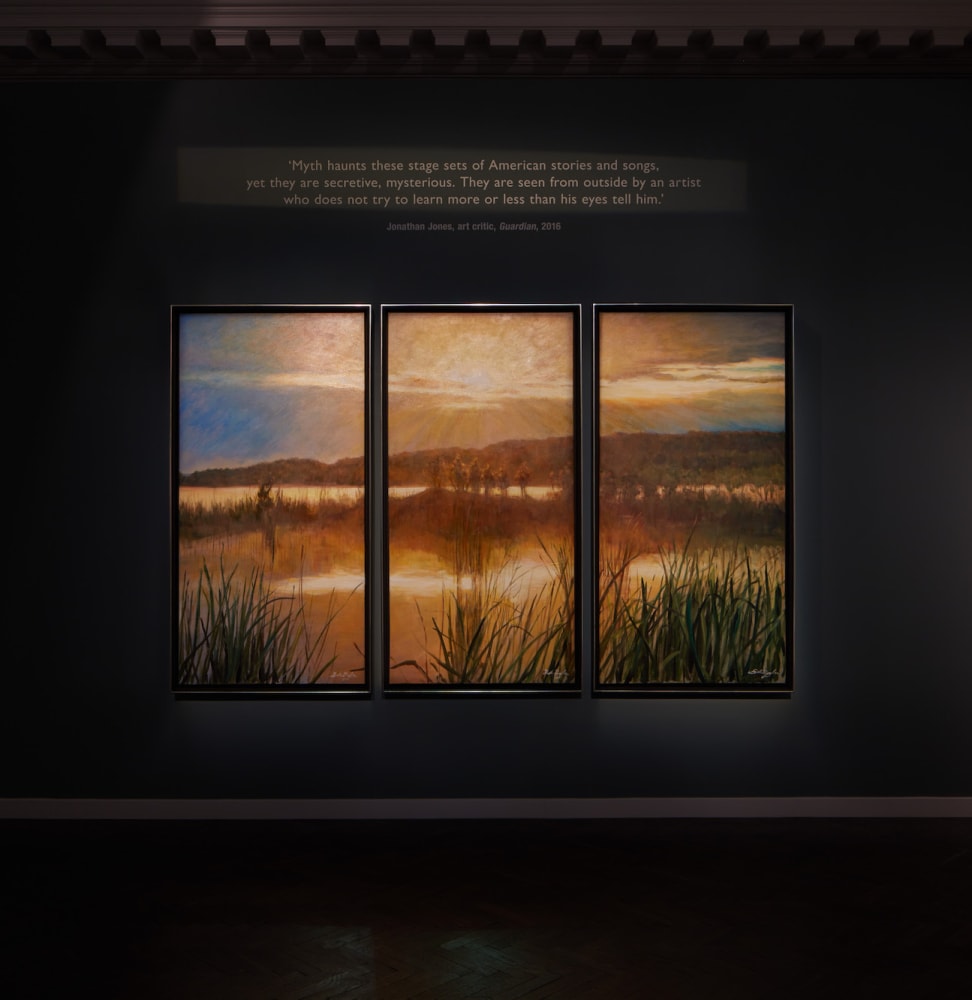

Paul Cummins: Florian

Cummins is best known for his 2014 collaboration with the Tower of London entitled: Blood Swept Lands and Seas of Red, that assumed the entire moat surrounding the Tower. This installation was created to mark the centenary of the outbreak of World War I and comprised 888,246 individual ceramic red poppies in a tidal configuration around the grounds; each laid flower was intended to commemorate the life of a fallen soldier killed on the frontline during the war.
From the 17th of July, Cummins and several thousand volunteers ‘planted’ the poppies. Different heights were accorded to each stem, making the scape emulate pastoral rolling hills. The work was unveiled on the 5th of August. Thereafter, the deinstallation began, and members of the public were given the opportunity to purchase a ceramic poppy for the price of £25, with proceeds being shared across six service charities.
The poppy – a commonly regarded symbol of remembrance and peace – though ephemeral in its being, is rendered permanent via its clay fabrication. The piece hinges on the sensitivity of temporality, with the poppies living on as memento in peoples’ homes. So evocative was this installation that more than five million people are estimated to have visited over the course of its tenure. Edwin Heathcote, journalist for the Financial Times, lauded it as ‘the most popular art installation as well as arguably the most effective expression of commemoration in British history.’

Thereafter, Cummins has proliferated the floral motif, creating visually gratifying displays that emulate transience and beauty. Candy (2015) was unveiled at the Chelsea Flower Show and constituted an eight-metre-high sculpture adorned with 2,300 hand-painted ceramic tulips.
In an interview about this commission, the artist addressed its narrative as one harking toward our consumption of commodities. This totem, stood amidst abundant stallholders at the world-famous flower show, evoked conversation surrounding the human impulse to consume, consolidate and preserve natural beauty.

In the present exhibition, Cummins has adapted to a smaller scale. Florian (2020-2021) comprises almost 70 hand-sculpted white roses made with paper clay. Each flower is made up of six to eight layers of carefully assembled petals to assume its form. Unlike his previous works, the flowers are left unglazed. This decision, coupled with their high-heat firing to around 1300 degrees has led to the effect of stone transparency while maintaining its tensile strength.
The transparency enables shadows to be cast through the petals; this imbues the flowers with the same weightlessness their natural counterparts possess. Speaking about the process, Cummins ‘commemorates’ the flowers lost to the firing process. ‘The Roses are made with paper clay; it makes them strong - like a porcelain, but they're still fragile. They're still a flower. If you wanted to, you could crush it in your hands, so it still has the fragility of the original thing I was trying to make.’ - Paul Cummins MBE



